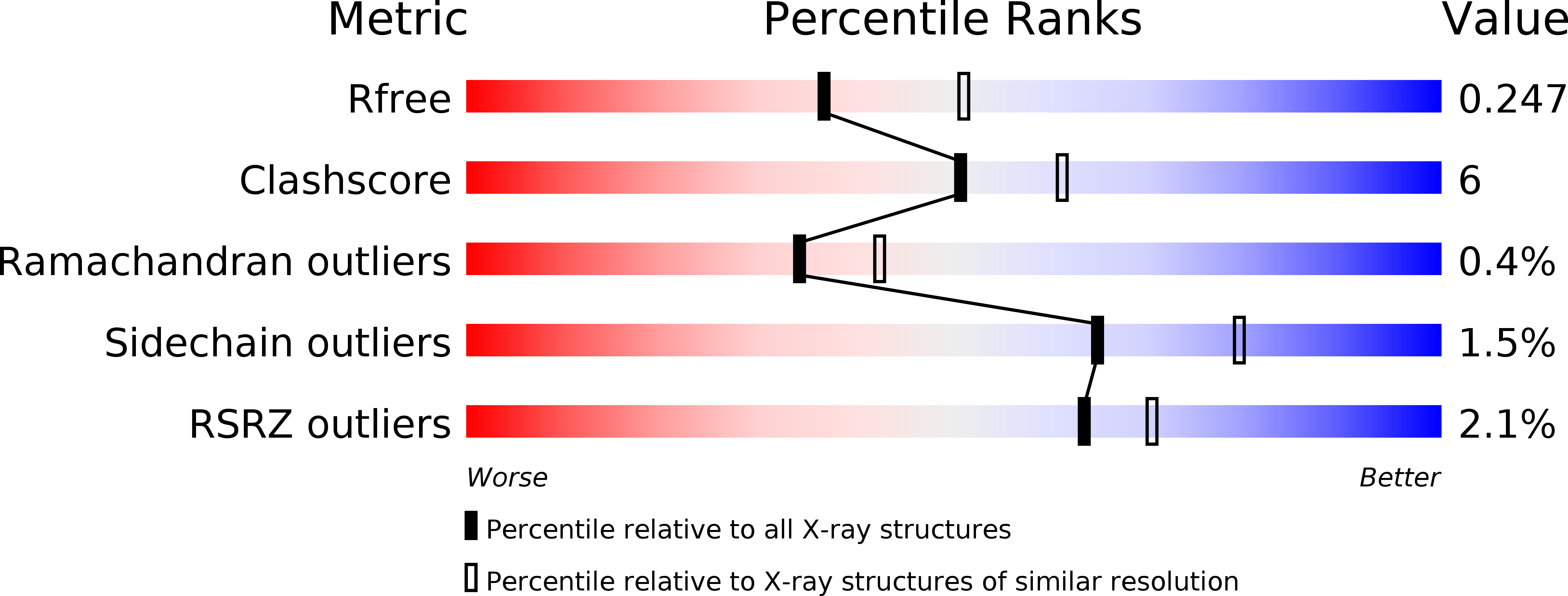
Deposition Date
2010-09-15
Release Date
2011-05-25
Last Version Date
2024-11-20
Entry Detail
PDB ID:
3OUO
Keywords:
Title:
Structure of the Nucleoprotein from Rift Valley Fever Virus
Biological Source:
Source Organism:
Rift valley fever virus (Taxon ID: 11589)
Host Organism:
Method Details:
Experimental Method:
Resolution:
2.30 Å
R-Value Free:
0.24
R-Value Work:
0.19
R-Value Observed:
0.19
Space Group:
P 6


